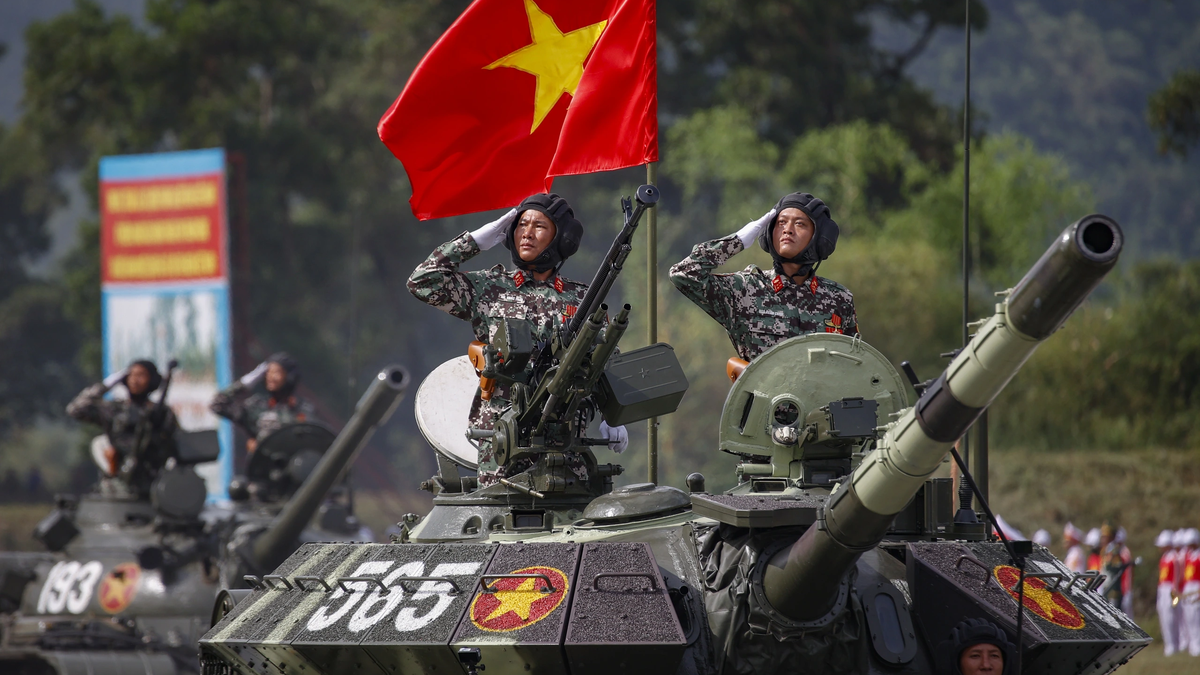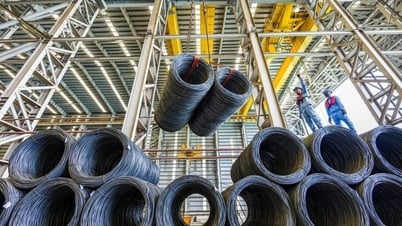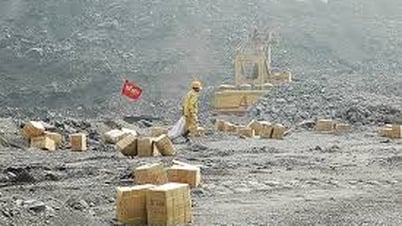
NASA is accelerating plans to build a nuclear reactor on the Moon - Photo: NASA
According to Politico, NASA acting administrator Sean Duffy is expected to announce a new directive this week, requiring the development of a 100-kilowatt nuclear reactor, with the goal of sending it to the Moon by 2030.
Mr. Sean Duffy also officially confirmed this plan in a statement on August 5: "To build a base on the Moon, we need energy. This nuclear fission technology is extremely important, and we have invested hundreds of millions of dollars in research."
Why use nuclear energy?
NASA is launching the Artemis program with the ambition of establishing a human base on the Moon within this decade. However, solar power, the common source of power for current spacecraft, is not an ideal choice for a human space station on the Moon.
The reason is that the Moon rotates very slowly: a night on the Moon lasts about two weeks in Earth time, which means that solar devices would have to "hibernate" for half a month, making continuous operation very difficult.
Therefore, nuclear energy with its ability to provide stable electricity regardless of the weather is considered the optimal solution for long-term bases in the harsh environment of the Moon.
US-China race
Not only the US, China is also actively implementing plans to build a base on the Moon. This country has joined hands with Russia and several other countries to realize this goal.
According to Politico, if a country successfully deploys the first reactor on the Moon, they could declare a keep-out zone, which would significantly hinder subsequent access efforts by other countries, including the United States.
This is also the reason why NASA's new directive is strategic, not only to serve science but also to maintain the initiative in space competition.
NASA currently aims to land a crewed mission on the Moon in 2027, marking the first time humans have returned to the Moon in more than 50 years. However, the Artemis program’s timeline has been pushed back several times, and questions remain about the Trump administration’s ability to maintain its commitment in the coming period.
Still, NASA's determination to deploy a nuclear power system on the Moon suggests a very specific vision: a space base that operates independently, is stable, and is ready for further missions like Mars.
Despite many technical challenges, scientists believe that deploying a nuclear reactor on the Moon is entirely feasible within the next 5-10 years.
A compact, safe reactor that does not need to be refueled for a long time will be the "lifeblood" for extraterrestrial bases: from maintaining communication systems, air filtration, water supply, heating to supporting food cultivation.
This is no longer science fiction, but is slowly becoming a reality.
Source: https://tuoitre.vn/nasa-muon-xay-lo-phan-ung-hat-nhan-tren-mat-trang-truoc-nam-2030-20250806161309871.htm






















![[Photo] Nghe An: Provincial Road 543D seriously eroded due to floods](https://vphoto.vietnam.vn/thumb/1200x675/vietnam/resource/IMAGE/2025/8/5/5759d3837c26428799f6d929fa274493)






![[Photo] Discover the "wonder" under the sea of Gia Lai](https://vphoto.vietnam.vn/thumb/1200x675/vietnam/resource/IMAGE/2025/8/6/befd4a58bb1245419e86ebe353525f97)





































































Comment (0)